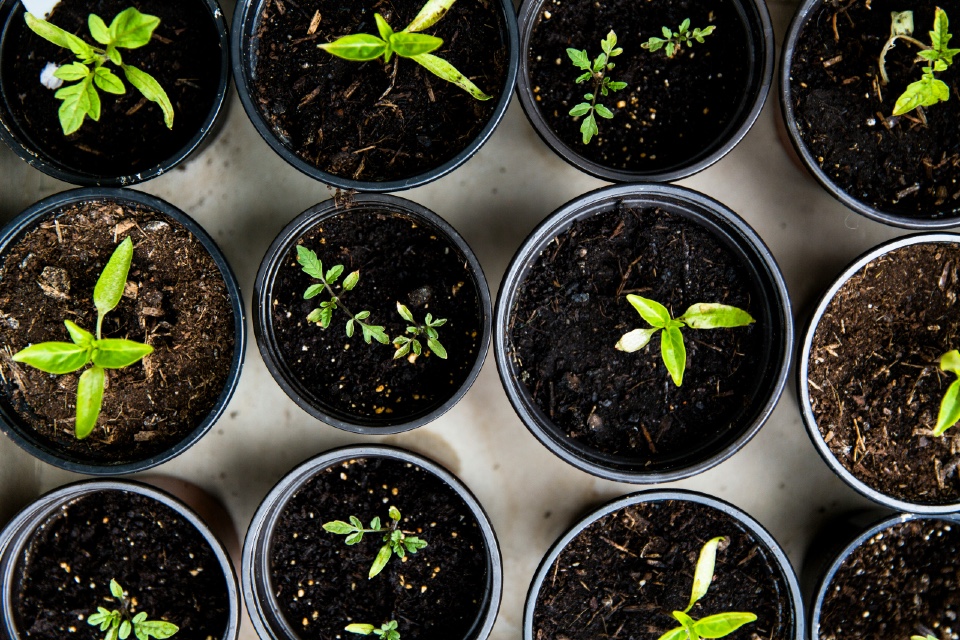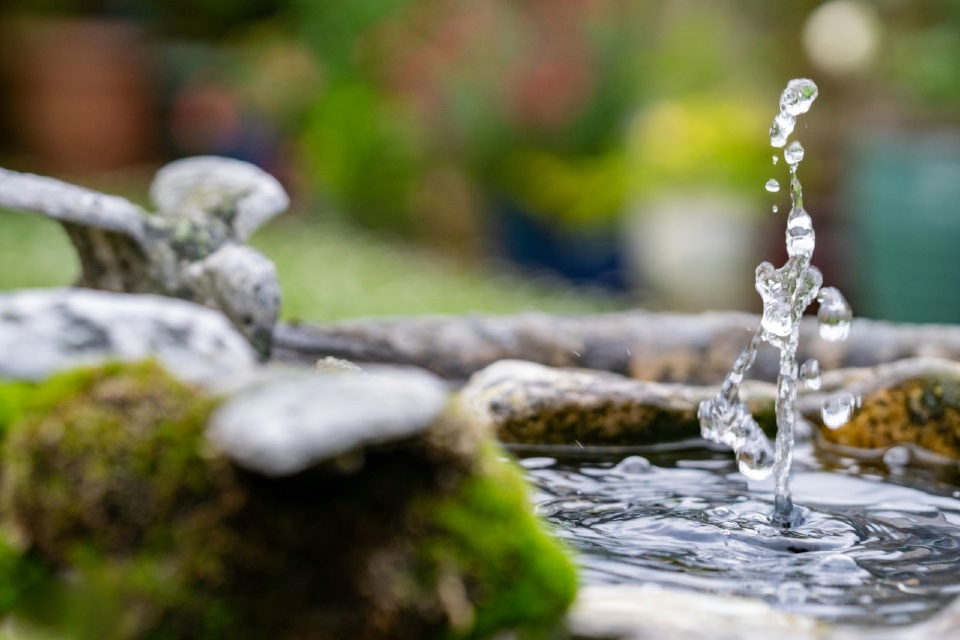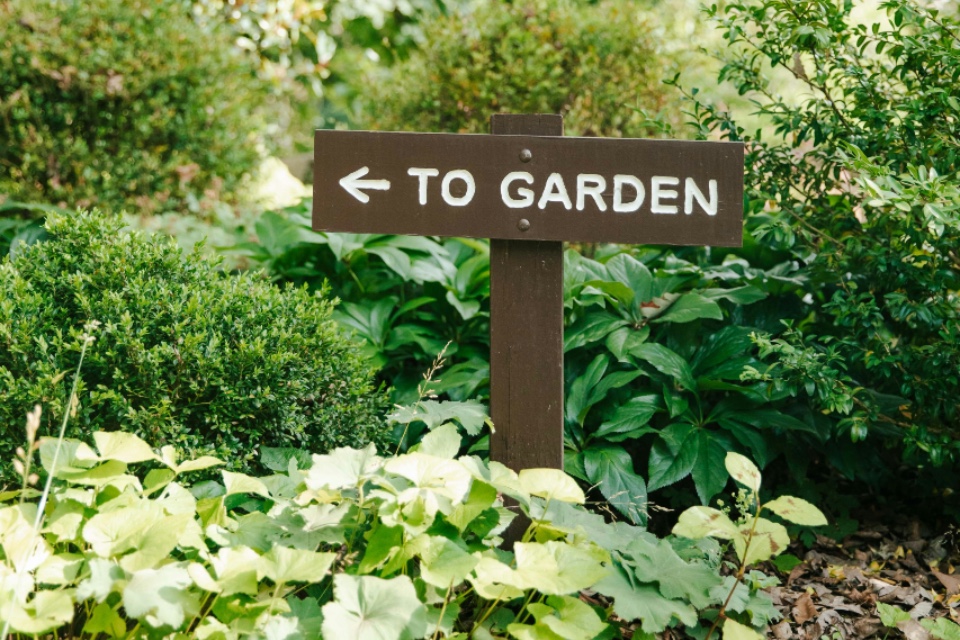Sensory gardens are calming spaces stimulate the senses, evoke memories, and promote relaxation. But with so many plants to choose from, how do you create a sensory haven that truly engages all five senses? Here’s a guide to selecting the best plants for your residential care home’s sensory garden…
Sight:
- Colourful Blooms: Opt for vibrant flowers in contrasting colours like red, yellow, blue, and purple. These will provide visual interest and stimulate the mind. Examples include pansies, violas, sunflowers, and cosmos.
- Evergreen Foliage: Evergreen plants add year-round visual appeal and provide a sense of structure. Consider using holly bushes, dwarf conifers, or variegated hostas.
- Seasonal Variation: Plant a variety of flowers that bloom throughout the year, ensuring there’s always something colourful to enjoy. Spring bulbs like daffodils and tulips can be followed by summer blooms like roses and lavender, and finished with autumn colour from chrysanthemums and ornamental grasses.
Smell:
- Fragrant Flowers and Herbs: Fill the air with delightful scents using fragrant flowers like roses, honeysuckle, and hyacinths. For a touch of practicality, incorporate aromatic herbs like rosemary, lavender, mint, and thyme. Residents can enjoy the scents and even participate in light gardening activities.
Touch:
- Textural Delights: Provide a variety of textures to engage the sense of touch. Include plants with soft leaves like lamb’s ear, feathery fronds of ferns, or the smooth bark of a dwarf apple tree. Raised planters allow residents to safely explore these textures.
- Sensory Paths: Create a path with contrasting textures, such as smooth pebbles, soft bark chippings, and areas of grass. This can be a stimulating and enjoyable experience for residents using wheelchairs or walkers.
Sound:
- Rustling Leaves: Plants with rustling leaves, like bamboo or ornamental grasses, can create a calming and therapeutic sound when swayed by the breeze.
- Water Features: The gentle sound of trickling water from a fountain or birdbath can be incredibly relaxing. Consider incorporating a small water feature, ensuring it’s safe and accessible for residents.
Taste:
- Herb Gardens: Raised herb gardens allow residents to participate in growing their own food. This can be a source of pride and enjoyment, and the fresh herbs can be used to enhance meals. Opt for easy-to-care-for herbs like chives, mint, basil, and parsley.
- Edible Fruits (with Supervision): For a touch of sweetness, consider planting soft fruits like strawberries or blueberries. However, ensure these are planted in designated areas and supervised when residents are present to avoid any accidental ingestion of unwashed fruit.
Remember:
- Safety First: Choose plants that are non-toxic and safe to touch. Avoid plants with thorns or sharp leaves.
- Accessibility: Ensure raised planters are at an appropriate height for residents to easily enjoy the plants. Wide pathways allow for easy navigation with wheelchairs or walkers.
- Resident Preferences: Consider the backgrounds and preferences of your residents when choosing plants. Familiar scents and textures can be particularly evocative for those living with dementia.
A Sensory Symphony:
By incorporating a variety of plants that appeal to all five senses, you can create a sensory garden that provides a truly enriching and stimulating experience for residents in your care home. This haven of colour, fragrance, texture, sound, and taste will promote relaxation, evoke memories, and enhance the overall well-being of your residents.
Are you looking for Sensory Garden solutions for your organisation? The Care Forum can help!
Photo by Markus Spiske on Unsplash






